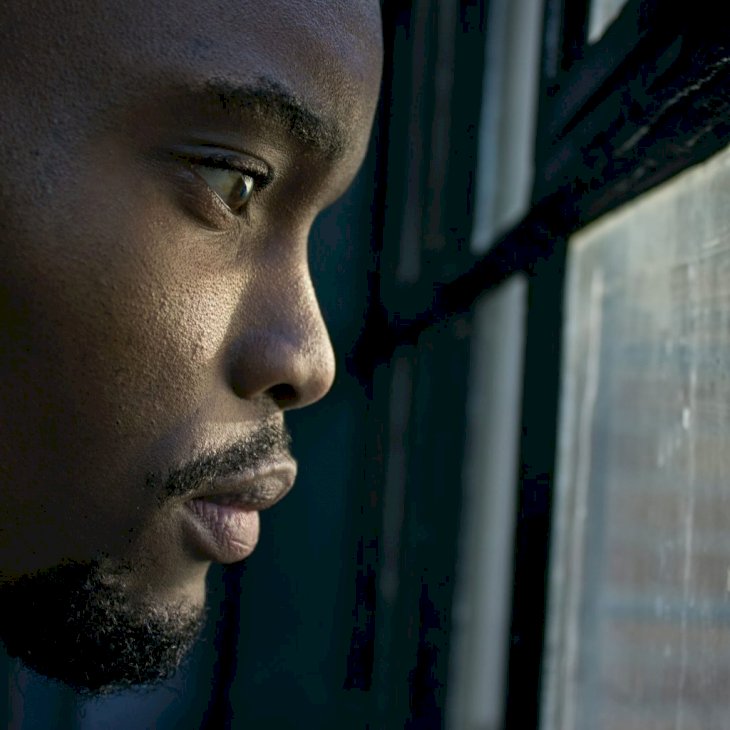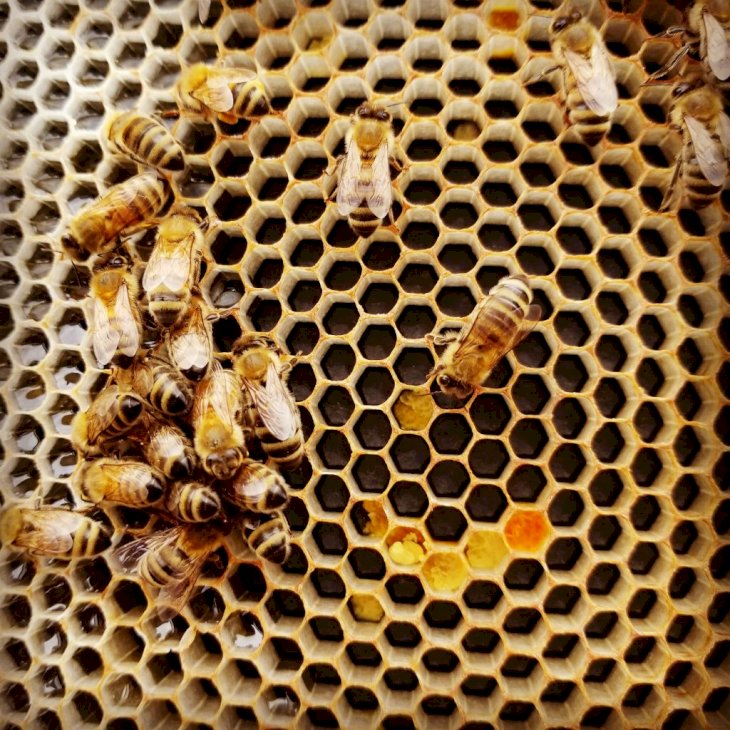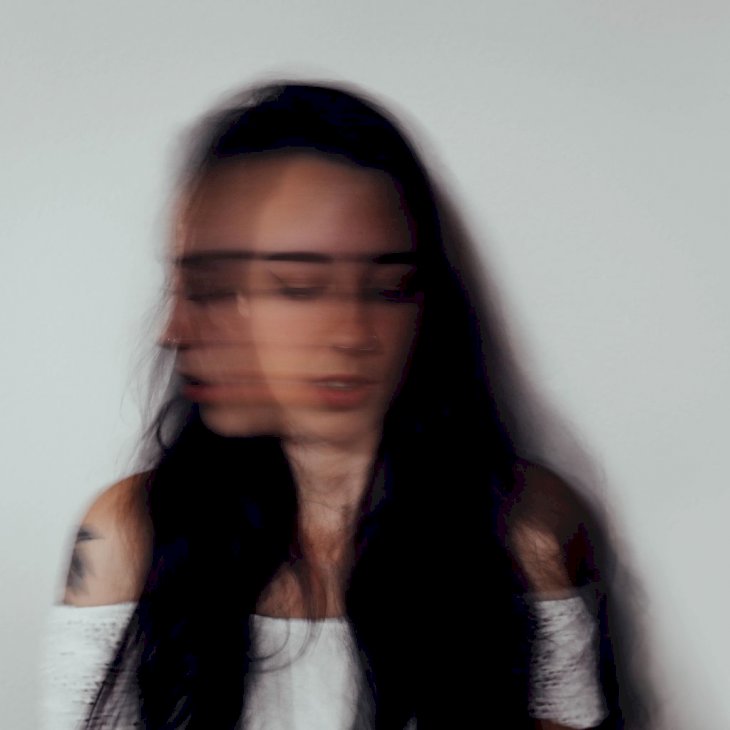
Phobias: Unpacking 3 Intriguing Fears & Their Causes
Everyone is afraid of something, but it's not always something small that we outgrow. Sometimes the fear causes so much distress that people can no longer function normally!
Phobias are caused by distress to stimuli that cause a person to feel intense anxiousness and feel the need to avoid what is causing the reaction. Whether it's animals, situations, or objects that cause them distress, people might feel there is little they can do but avoid situations.
People with phobias experience symptoms of anxiety such as trembling and nausea, amongst other symptoms. Here are three interesting phobias.
1 Agoraphobia

Photo by Anaya Katlego on Unsplash
Agoraphobia is the fear of public spaces unfamiliar to you or causes you distress, especially situations where people feel it would be difficult to escape. Enclosed spaces like elevators cause distress and are usually avoided.
This phobia can affect personal relationships because it can lead to someone never wanting to leave their home in severe cases. They experience common panic attack symptoms like a racing heart, shortness of breath, and trembling.
Agoraphobia can stem from types of anxiety disorders or a history of trauma. Treatment primarily focuses on talking about fears, transforming the source of fear into a manageable feeling, and going about exposing people to the source of distress so that they may become indifferent to it.
Because it is severely debilitating, you should seek out treatment earlier. You can never be rid of the fear entirely but making your day-to-day life more bearable is an achievable goal!
2 Nyctophobia

Photo by Hailey Kean on Unsplash
Nyctophobia is the fear of the dark because you cannot see anything around you. This can affect a person's sleeping patterns and affect their performance at work or school, and eventually, their health.
Typical anxiety symptoms are experienced, with emotional distress and an impact on your day-to-day life, which is what makes it different from just being afraid of the dark.
Children typically learn anxious behaviors from parents and other role models. An easy fix could be sleeping with a nightlight or some form of light on, but exposure and relaxation therapy should work well.
Therapy could also include convincing the person to replace the thoughts of sounds at night with more positive ones to reduce one's fear of the dark. Be sure to seek help significantly when your sleep and productivity are affected.
3 Trypophobia

Photo by Kianakali on Unsplash
Trypophobia is the fear or disgust of a cluster pattern of holes, usually found on the surface of a sponge or the body of a strawberry. If you're an American Horror Story fan, you can probably imagine Sarah Paulson's intense reaction to the holes in season 7.
While it may not be a recognized phobia, the uneasiness triggered is typical of a common phobia that leads to symptoms like goosebumps, nausea, and panic attacks.
Some research has shown that symptoms can affect a person's day-to-day life. Exposure and cognitive therapy can help treat symptoms experienced, and therapy techniques may help target the fear source.
Causes

Unsplash by Christopher Ott
Causes for phobias can stem from a family member who suffers from a similar fear, or it can be from a personal experience that causes fear. These phobias don’t only develop from childhood, an adult could develop a phobia for the dark because of an assault that took place in the dark.
Phobias are also extremely common in those that suffer from existing mental illnesses like schizophrenia. The phobia in schizophrenia could be worsened because of hallucinations and paranoia.